
Paramount Pictures
The future isn’t what it used to be.
With Star Trek: Section 31, the franchise gets its first full-length movie since 2016’s Star Trek Beyond, its first NuTrek spinoff, and its first streaming feature ever (on Paramount+).
This all sounds like a big move, but it seems to be boldly going into familiar territory. Not familiar to Trekdom, that is, but an empire even bigger than the Federation, one known for ragtag bands of flawed heroes forced to link arms with their worst enemies to save the universe from the ultimate weapon.
That’s right: Star Trek is getting the Marvel treatment.
Star Trek began as a promise of an infinite expanse in which humans would not only discover new life and new civilizations, but the better angels of our nature.
That promise could not be killed by Klingons or even the bean-counters at NBC. It clung to life on fan conventions before renewing itself in a string of sequels and a mega-successful spinoff. Every subsequent iteration of Star Trek since then has had to choose whether to bow down to that Utopian vision or rebel against it.
Mostly these days, they go dark: yet the early seasons of Star Trek: The Next Generation were enfeebled by Gene Roddenberry’s conviction that in his perfect future, people wouldn’t fight. After re-introducing primitive human concepts like interpersonal conflict and character development, the franchise drifted to darker themes that came to full flower in Star Trek: Deep Space Nine. This spinoff, absolutely Star Trek’s best for my money, was the spiritual godfather of Section 31: for it was in the season six episode “Inquisition” that the idea of a Federation Secret Police was born.
As embodied by the ice-hearted Luther Sloan (William Sadler), Section 31 was the flip side of the 1960s, inspired not by Camelot but the CIA. In the name of fighting ruthless enemies, Section 31 assassinated leaders, attacked their own side, even attempted genocide. They were not so much a dark reflection of the Federation as its logical endpoint in a time of war.
Literally none of this is going on in Star Trek: Section 31.
Given a choice between light and dark, they went for quippy. Tonally it has about as much to do with the original vision of Section 31 as Stalag 17 has to do with Hogan’s Heroes. It’s a major missed opportunity. Given its pedigree, and its setting in the so-called “Lost Era” where canonical records are spotty and theoretically anything is possible, the filmmakers could easily have done something brave. Instead, the movie makes a play for Guardians of the Galaxy’s piece of the Milky Way: the fate of the universe resting on the cocked shoulders of six wisecracking misfits and a former space Hitler.
We’ve met her before: Philippa Georgiou (Michelle Yeoh), Discovery’s ruthless leader of the Mirror-universe Terran Empire, is now living it up as a crime lord in a vice-ridden space nightclub (we’re in the Star Trek that’s heard of hookers and blow). She has demons. As a test of her ability to lead the Terrans, she murdered her family and forced her best friend to be her personal slave. Now, in our universe, she’s being recruited to join Section 31 to recover a Mysterious Object that turns out to be a doomsday device.
We meet the team in a lineup familiar to caper films like Ocean’s 11 or The Sound of Music: Alok Sahar (Omari Hardwick), their genetically enhanced leader; Quasi (Sam Richardson), a shapeshifter; Zeph (Robert Kazinsky), who wears a weaponed-up exosuit; Fuzz (Sven Ruygrok), a Vulcan being mind-controlled by a little bug guy with an Irish accent; Melle (Humberly González), a Deltan—that’s the bald-headed sex psychics from Star Trek: The Motion Picture; and Rachel Garrett (Kacey Rohl), whose older self we met in the TNG classic episode “Yesterday’s Enterprise” and whose super power appears to be fan service.
After testing out each other’s powers, Philippa signs on for all the usual reasons: we’ll wipe your record clean, we’ll never stop hunting you if you say no, a chance to prove your superiority, etc. She doesn’t say “You son of a bitch, I’m in” like a Rick & Morty character, but she’s definitely in: at least as long as it suits her long con. The rest of the movie is literally the Section 31 gang looking for the weapon, finding it, and stopping it from killing anybody important. Several named cast members die that the writers indicate we should care about. Our old friend, “Shoot him, he’s the mole” makes an appearance. I don’t think I’m spoiling things by saying the universe is not destroyed. That would create consequences that other future Star Trek series and movies would have to contend with, and Section 31 seems to be destined for its own isolated corner of the franchise: unless it dies with the first installment.
I should note at this point that I was never a huge fan of the Section 31 appearances on DS9. Even for that show, they were gloomy. They were also usually Dr. Bashir episodes—and while he’s one of my favorite characters, the Section 31 storylines always pushed him a little too far into Intergalactic Man of Mystery territory. Still, once they were introduced into the series continuity, they posed an ethical quandary that had to be faced.
How could the Federation, the good guys of the Alpha Quadrant, tolerate the existence of a secret police that consistently violates its principles? Well… how can we?
Like the Terran Empire that’s referenced at key points in the movie, Section 31 is the shadow side of Star Trek’s relentless positivity.
Just as all power has the tendency to corrupt, and the tender skin of civilization is frequently bloodied by war, Section 31 represents—should represent, I ought to say—the inevitable result of a long chain of compromises that even democratic societies will make for their own survival. This is how the good guys lose their way. It’s a big, important, and timely theme that the movie could have tackled without losing any of its brio. It would have definitely led to a different Section 31 that took bigger risks. It might have turned Alok Sahar into a more conflicted leader. Perhaps someone who has always followed orders, until he finally gets an order that puts his devotion to duty at odds with his conscience.
This in turn could have tested the bonds of loyalty among his team members, their ability to perform under pressure, their willingness to adapt to new challenges. It might even have centered the story on the fate of just one planet instead of trying to get the whole quadrant in on the act. Put simply, Section 31 could have been a lot more like the original Star Trek.
I don’t like to dislike anything Star Trek does, even when I seriously hate it.
My loyalty to the franchise runs deeper than any given movie or series. If I didn’t give up on true love after the disaster of my eighth grade dance, I’m sure not giving up on Star Trek just because its last few outings have been kind of terrible. This is because, more than most of its competing franchises, Star Trek rests not on world-building but on an idea. We don’t watch this franchise to explore its exotic races but to investigate its themes. Different series and movies have played those themes differently and adopted wildly varying tones (sometimes within the same series), but the ideas are strong enough to survive even its weakest outings.
Extras include seveal featuretted and a gag reeomaoeexignojjjo. 8
This idea is partly about a utopian future, but really it’s mostly about old-fashioned values like duty and sacrifice to the collective good. Virtues we have to defend, even at the cost of victory. Qualities that keep us human. Above all, the determination not to be tamed or dwindled by technology. This vision was present in Star Trek’s original pilots, and it still resonates today.
Star Trek: Section 31 fails not because it gives up on the idea of Starfleet’s secret service as bad guys, but because it stops asking the question that inspired Star Trek in the first place: who will we be in this brave new galaxy? The galaxy is still there—bigger than ever. As for our destiny as explorers… well, as Randy Newman said, Pluto’s not a planet anymore either.




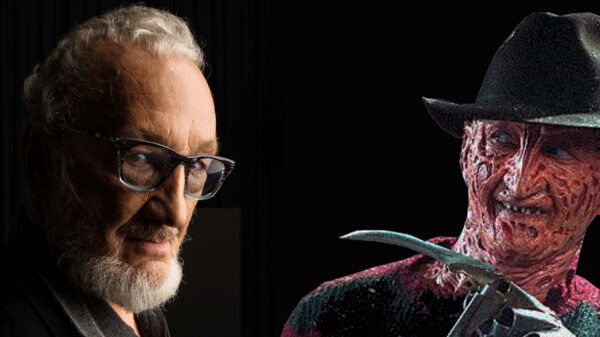
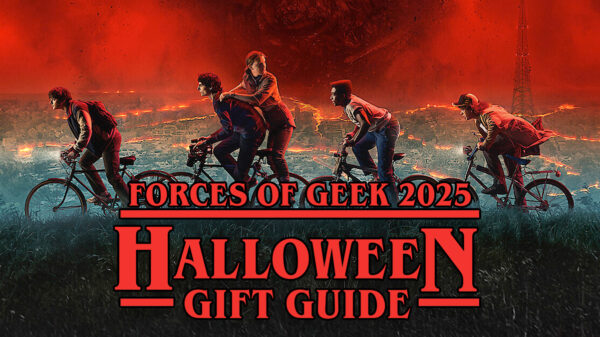
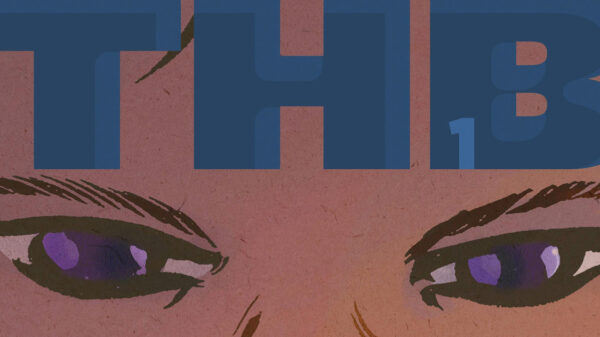

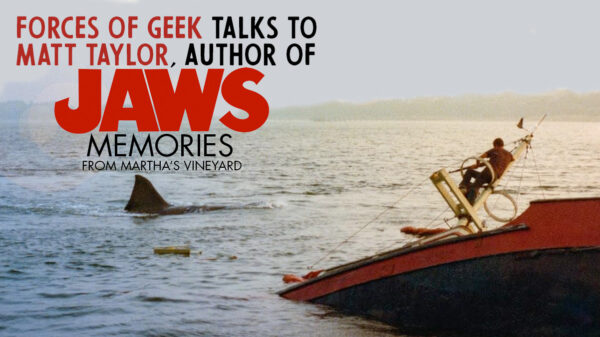
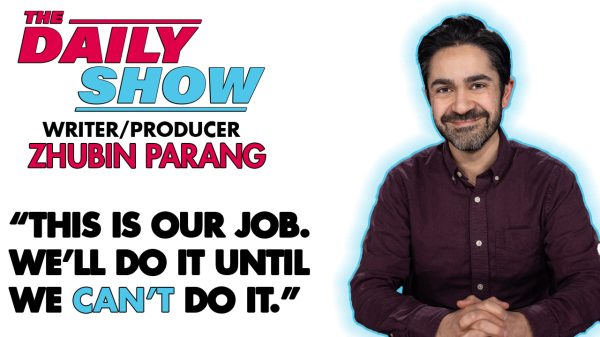
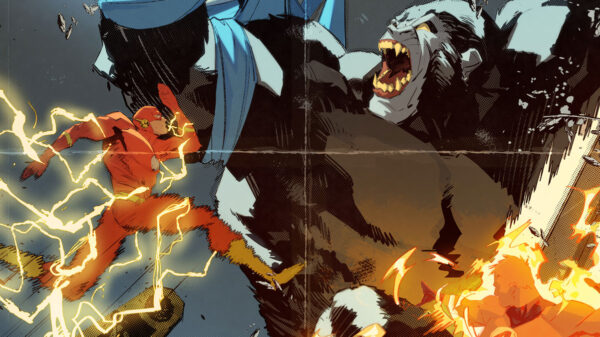
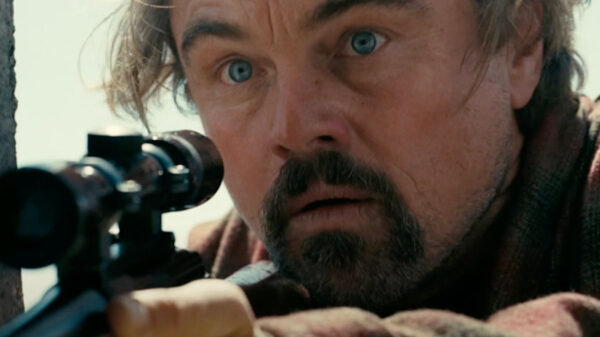

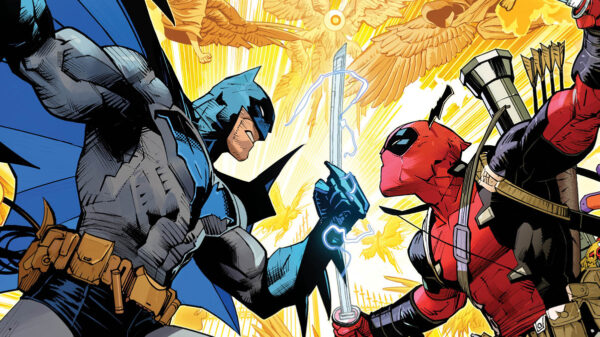
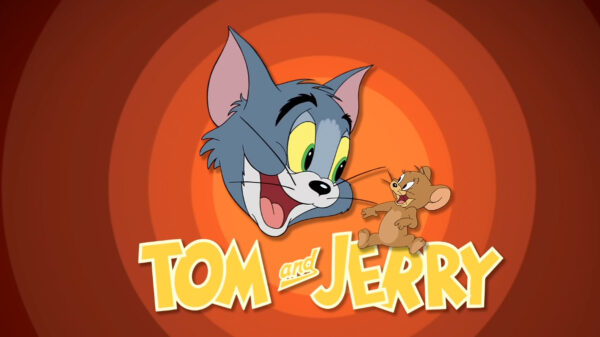



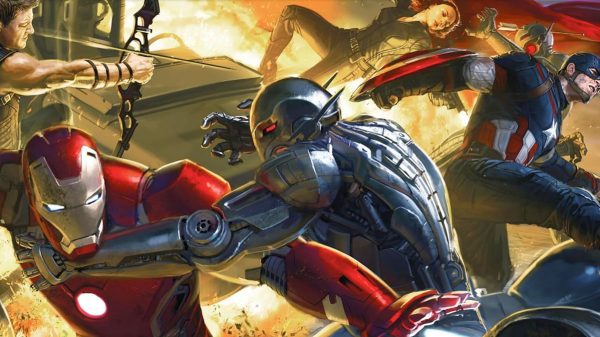

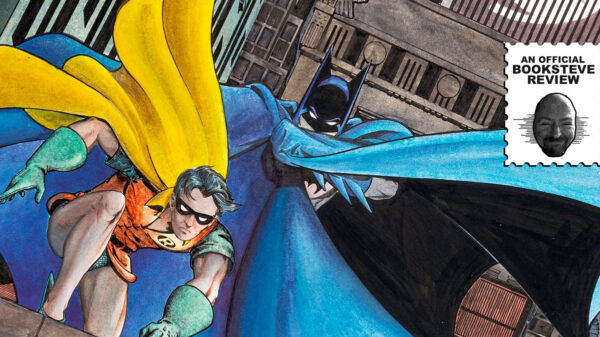
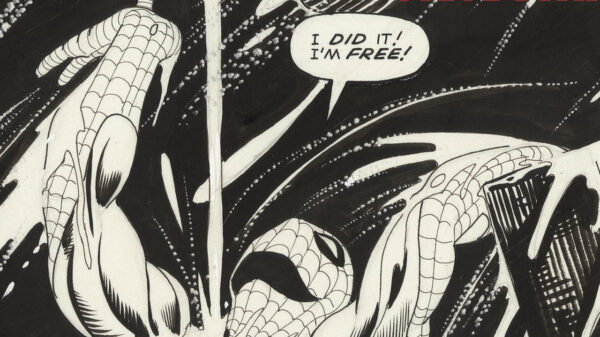
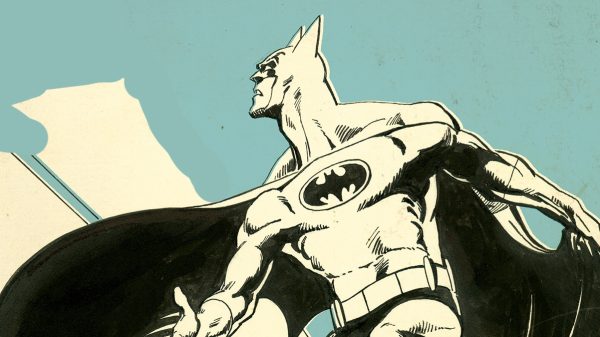

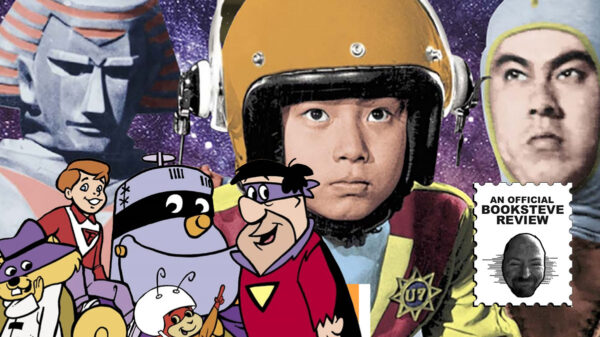
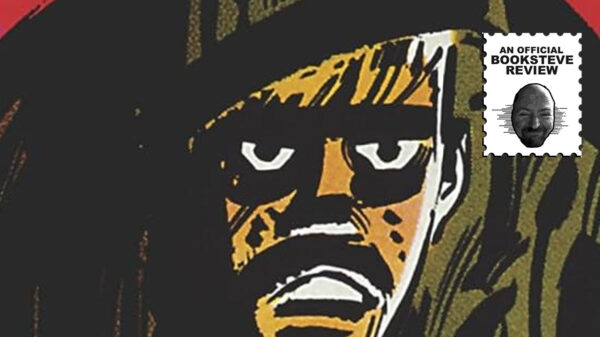
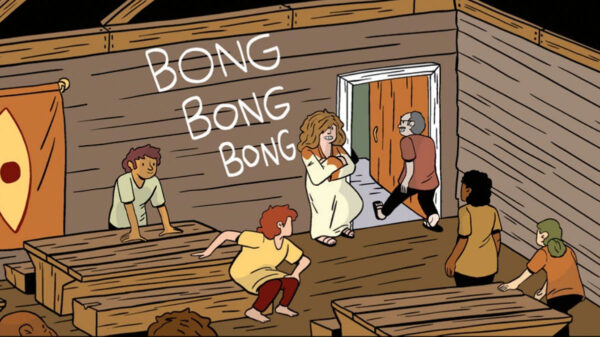
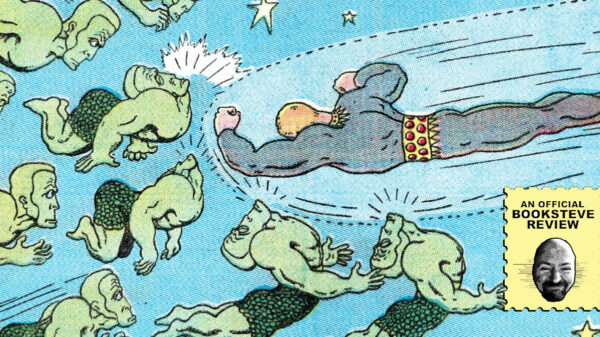
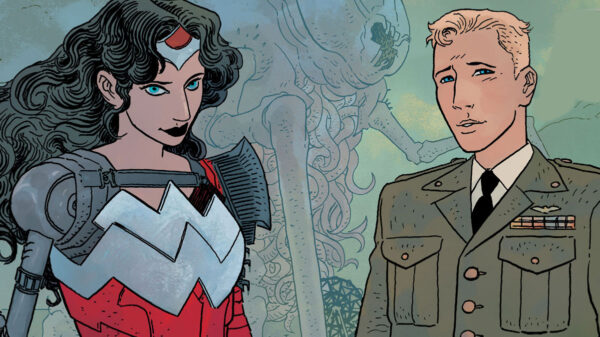









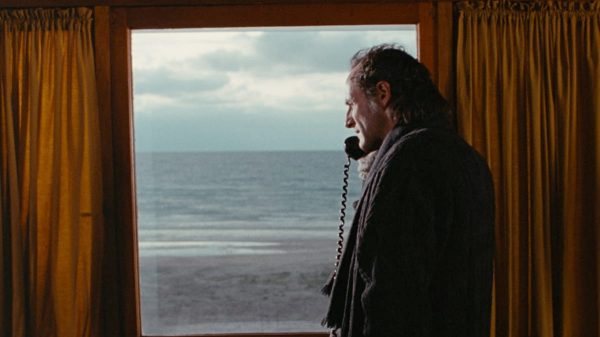
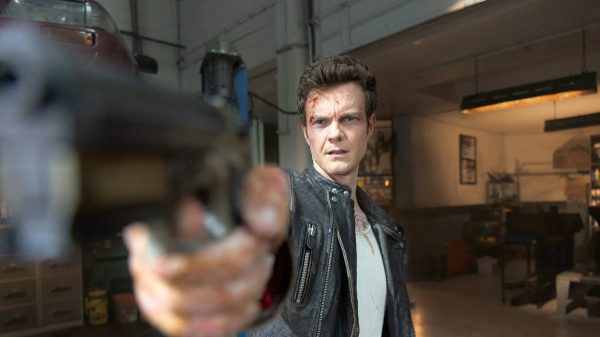
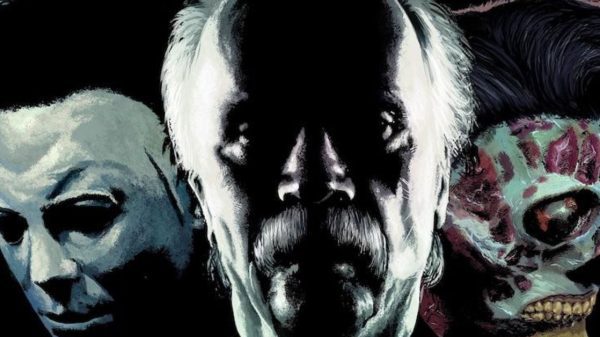
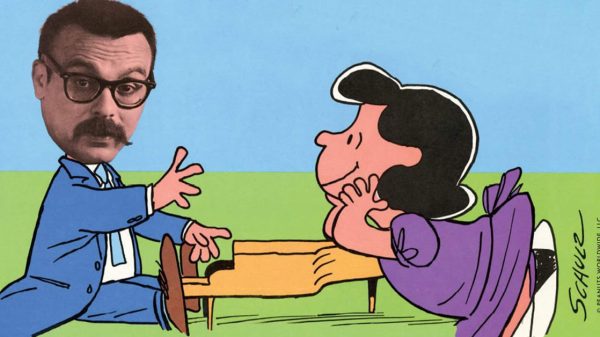
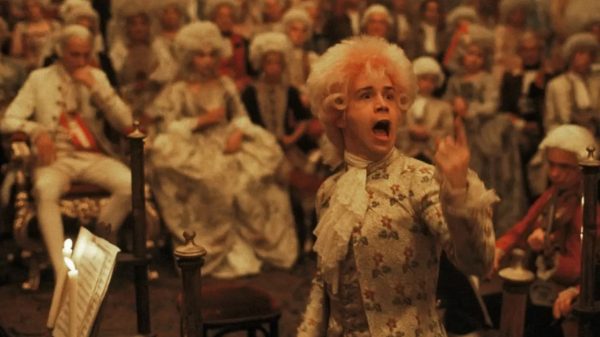











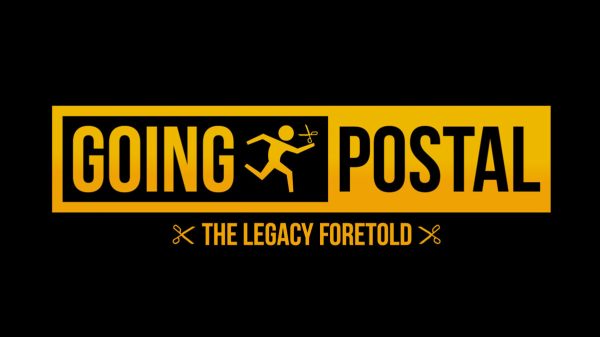
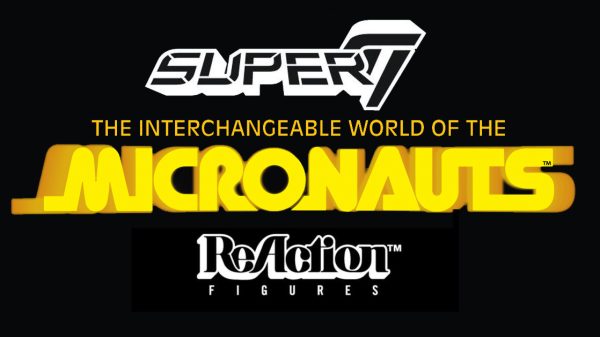
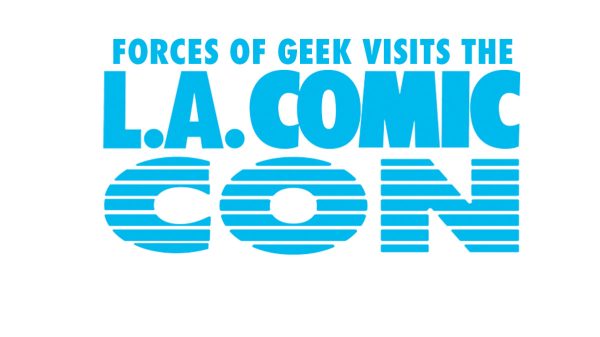
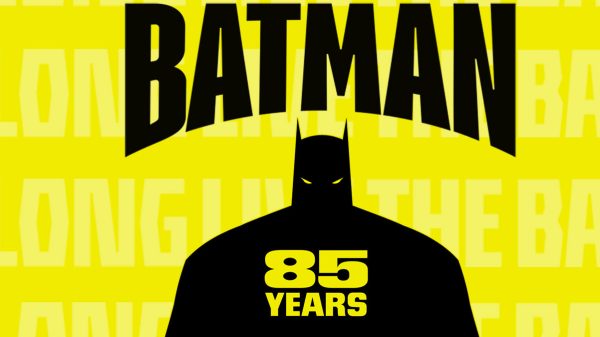


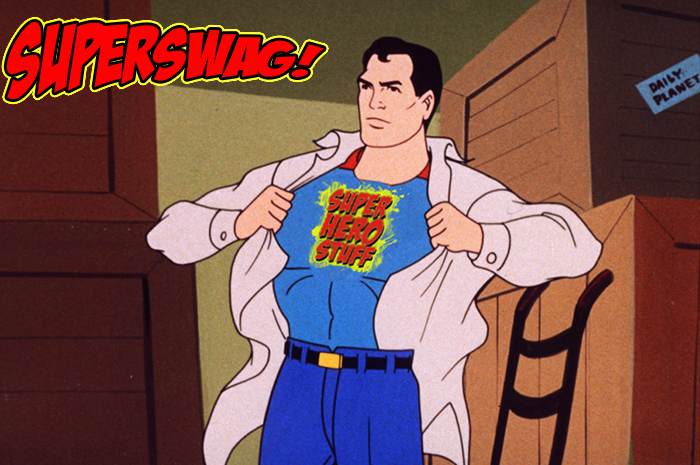

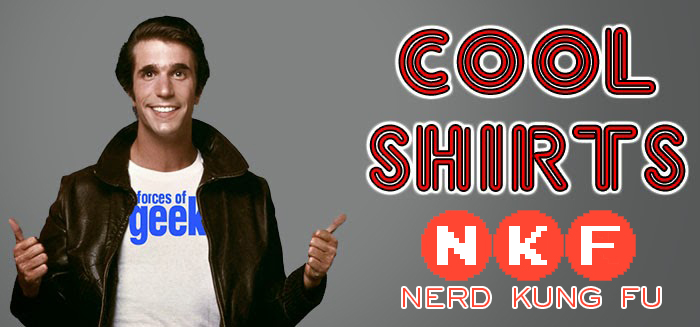
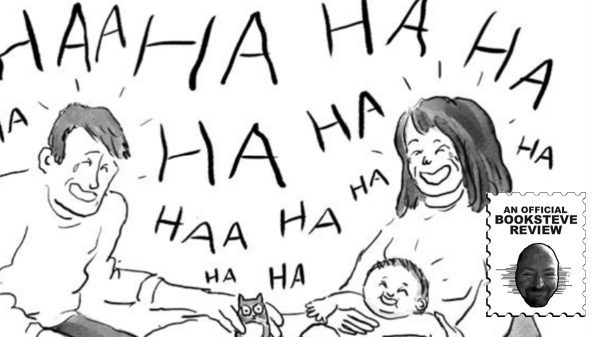



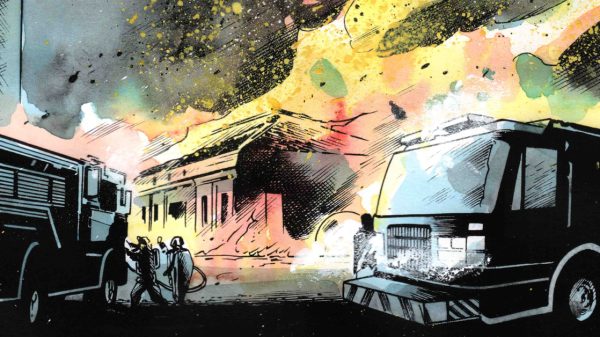




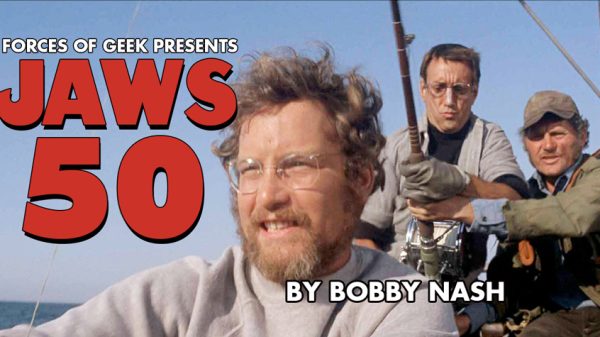









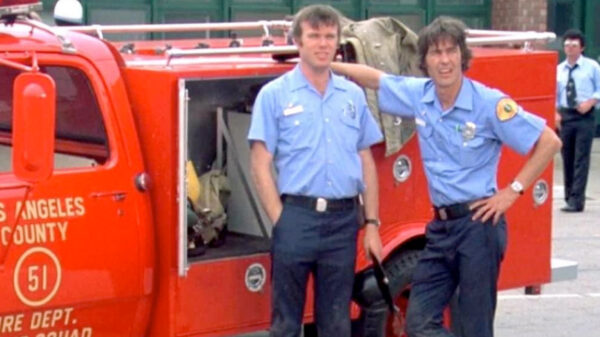
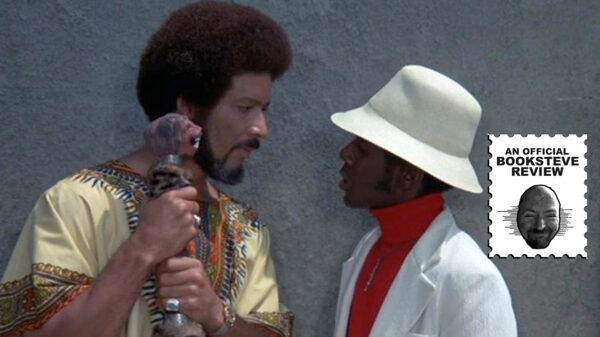
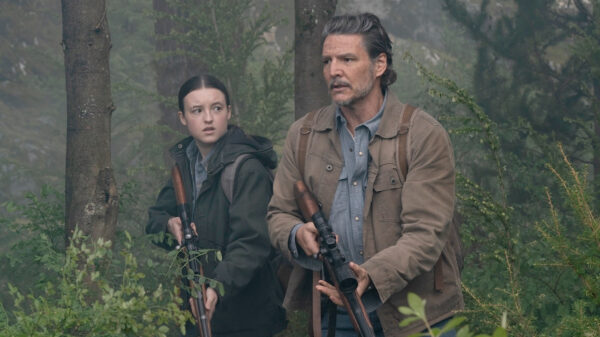




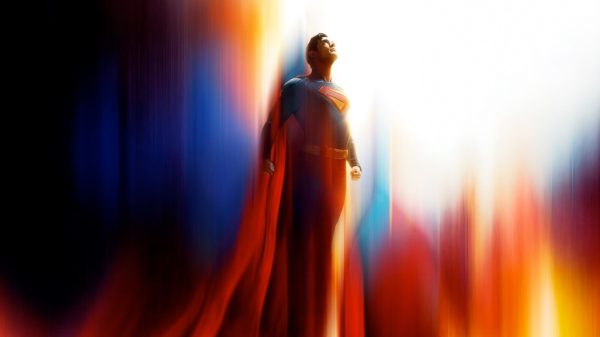
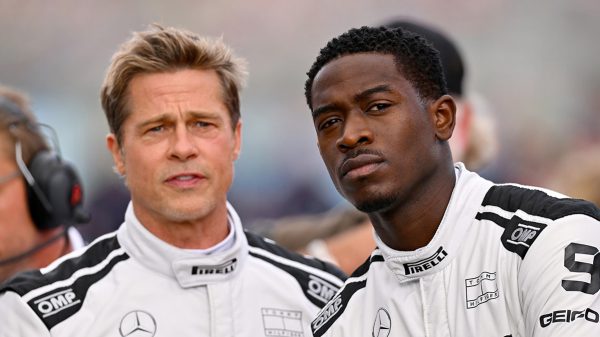
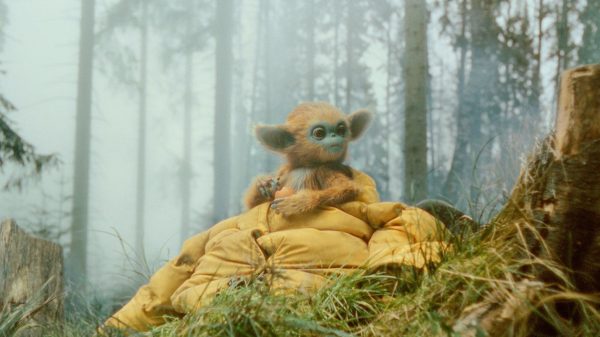



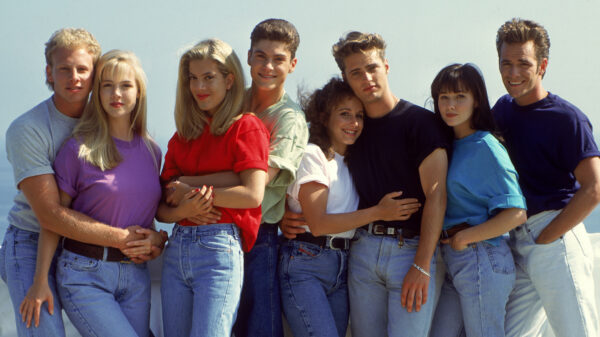

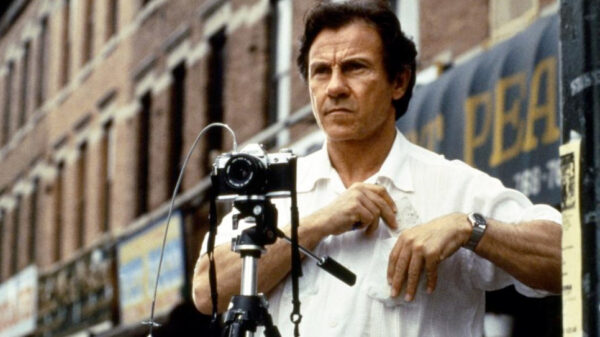
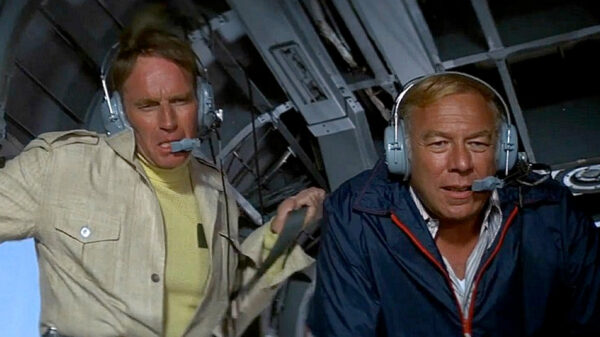




You must be logged in to post a comment Login